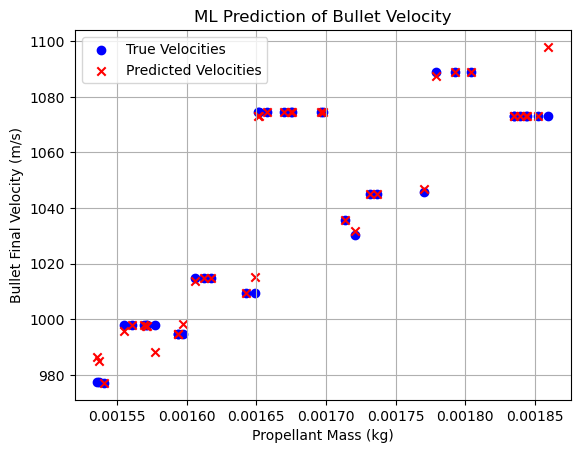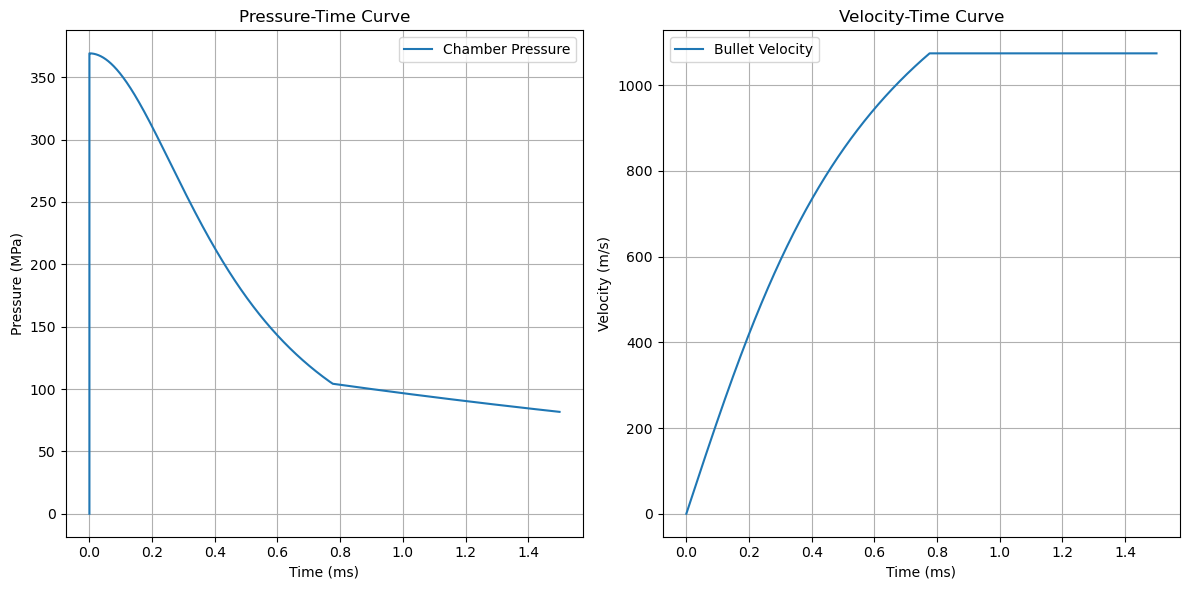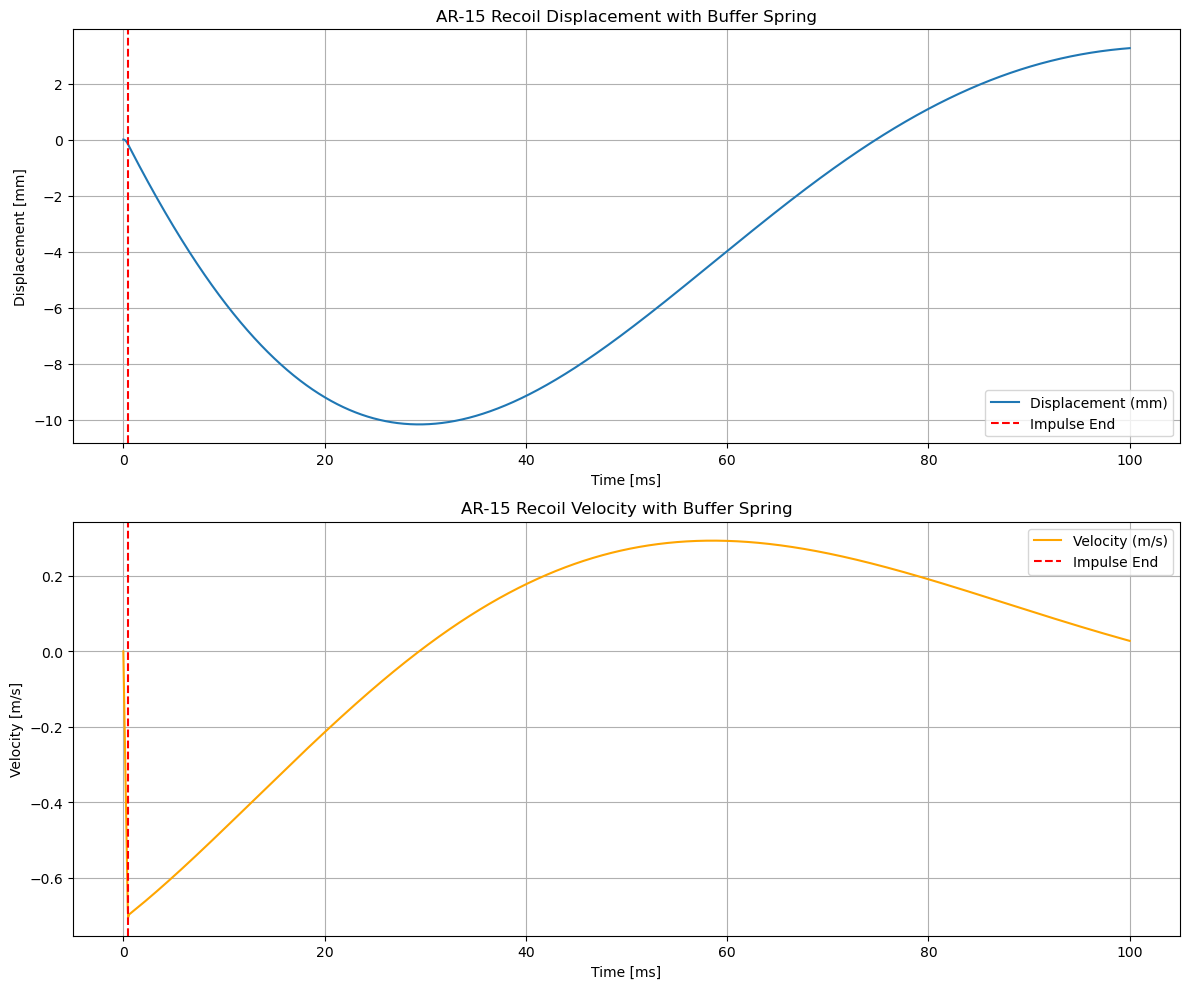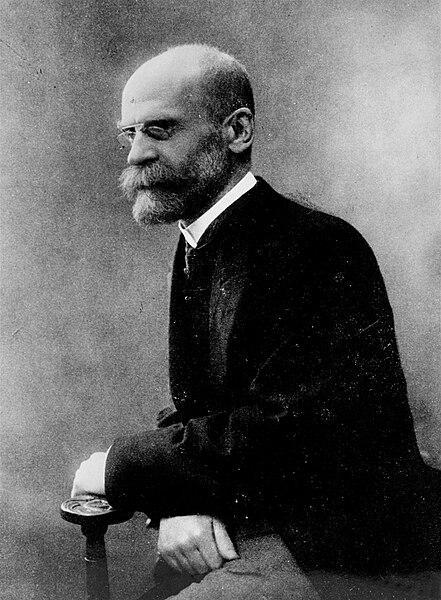Jevons Paradox
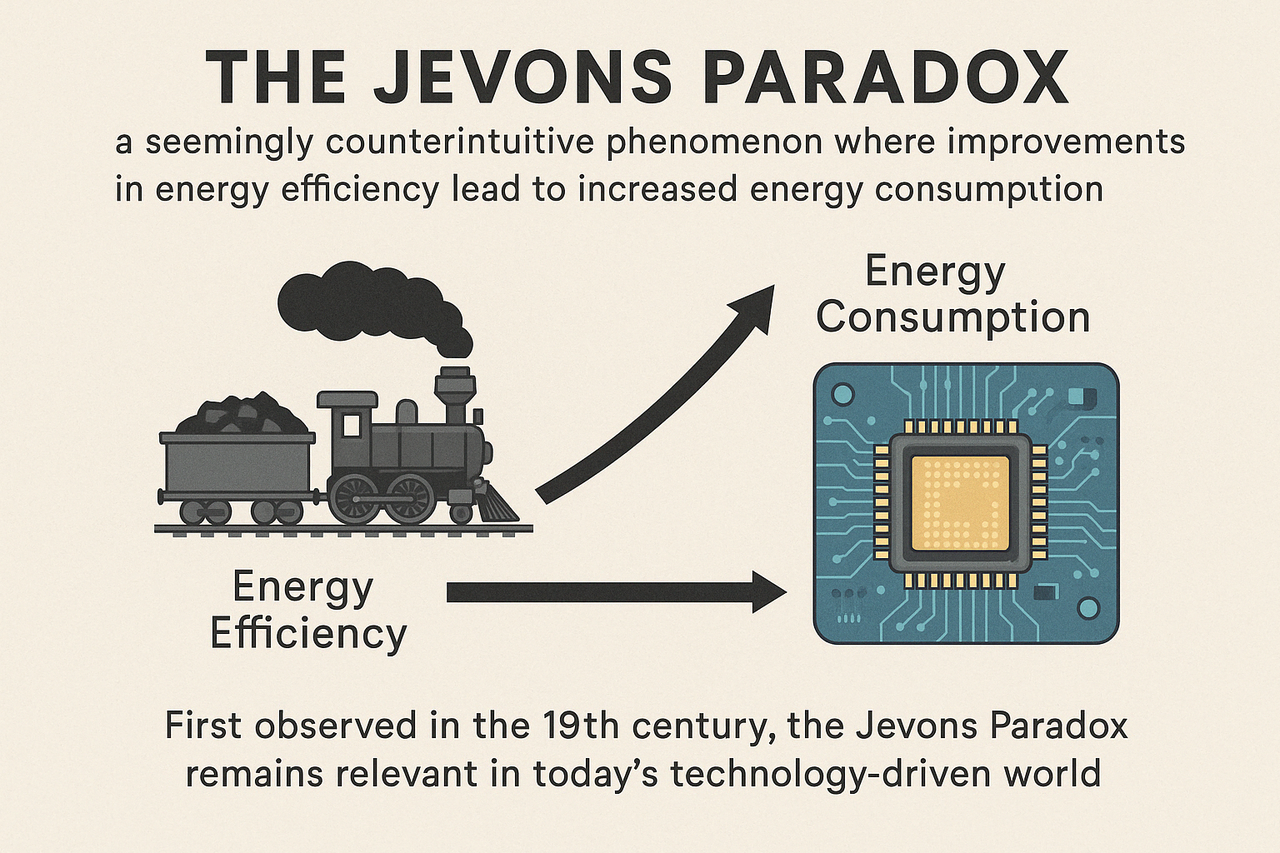 The Jevons Paradox, a concept coined by economist William Stanley Jevons in the 19th century, describes a seemingly counterintuitive phenomenon where improvements in energy efficiency lead to increased energy consumption, rather than decreased consumption as might be expected. At first glance, this idea may seem outdated, a relic of a bygone era when coal was the primary source of energy. However, the Jevons Paradox remains remarkably relevant in today's technology-driven world, where energy efficiency is a key driver of innovation. As we continue to push the boundaries of technological progress, the Jevons Paradox has been repeatedly demonstrated in various industries, from transportation to computing. In the semiconductor industry, in particular, the Jevons Paradox has had significant impacts on energy consumption and technological progress, shaping the course of modern computing and driving the development of new applications and industries. The Jevons Paradox, first observed in the 19th century, has been repeatedly demonstrated in various industries, including the semiconductor industry, where it has had significant impacts on energy consumption and technological progress.
The Jevons Paradox, a concept coined by economist William Stanley Jevons in the 19th century, describes a seemingly counterintuitive phenomenon where improvements in energy efficiency lead to increased energy consumption, rather than decreased consumption as might be expected. At first glance, this idea may seem outdated, a relic of a bygone era when coal was the primary source of energy. However, the Jevons Paradox remains remarkably relevant in today's technology-driven world, where energy efficiency is a key driver of innovation. As we continue to push the boundaries of technological progress, the Jevons Paradox has been repeatedly demonstrated in various industries, from transportation to computing. In the semiconductor industry, in particular, the Jevons Paradox has had significant impacts on energy consumption and technological progress, shaping the course of modern computing and driving the development of new applications and industries. The Jevons Paradox, first observed in the 19th century, has been repeatedly demonstrated in various industries, including the semiconductor industry, where it has had significant impacts on energy consumption and technological progress.
William Stanley Jevons was born on September 1, 1835, in Liverpool, England, to a family of iron merchants. He was educated at University College London, where he developed a strong interest in mathematics and economics. After completing his studies, Jevons worked as a chemist and assayer in Australia, where he began to develop his thoughts on economics and logic. Upon his return to England, Jevons became a lecturer in economics and logic at Owens College, Manchester, and later, a professor at University College London. As an economist, Jevons was known for his work on the theory of value and his critiques of classical economics. One of his most significant contributions, however, was his work on the coal industry, which was a critical component of the British economy during the 19th century. In his 1865 book, "The Coal Question," Jevons examined the long-term sustainability of Britain's coal reserves and the implications of increasing coal consumption. Through his research, Jevons observed that improvements in energy efficiency, such as those achieved through the development of more efficient steam engines, did not lead to decreased coal consumption. Instead, he found that increased efficiency led to increased demand for coal, as it became more economical to use. This insight, which would later become known as the Jevons Paradox, challenged the conventional wisdom that energy efficiency improvements would necessarily lead to reduced energy consumption. Jevons' work on the coal industry and the Jevons Paradox continues to be relevant today, as we grapple with the energy implications of technological progress in various industries.
The Jevons Paradox, as observed by William Stanley Jevons in his 1865 book "The Coal Question," describes the phenomenon where improvements in energy efficiency lead to increased energy consumption, rather than decreased consumption as might be expected. Jevons' original observations on the coal industry serve as a classic case study for this paradox. At the time, the British coal industry was undergoing significant changes, with the introduction of more efficient steam engines and other technological innovations. While these improvements reduced the amount of coal required to produce a given amount of energy, Jevons observed that they also led to increased demand for coal. As coal became more efficient and cheaper to use, it became more economical to use it for a wider range of applications, from powering textile mills to driving locomotives. This, in turn, led to increased energy consumption, as coal was used to fuel new industries and economic growth. Jevons' observations challenged the conventional wisdom that energy efficiency improvements would necessarily lead to reduced energy consumption. Instead, he argued that increased efficiency could lead to increased demand, as energy became more affordable and accessible. The underlying causes of the Jevons Paradox are complex and multifaceted. Economic growth, for example, plays a significant role, as increased energy efficiency can lead to increased economic output, which in turn drives up energy demand. Technological progress is also a key factor, as new technologies and applications become possible with improved energy efficiency. Changes in consumer behavior also contribute to the Jevons Paradox, as energy becomes more affordable and accessible, leading to increased consumption. Furthermore, the rebound effect, where energy savings from efficiency improvements are offset by increased energy consumption elsewhere, also plays a role. For instance, if a more efficient steam engine reduces the cost of operating a textile mill, the mill owner may choose to increase production, leading to increased energy consumption. The Jevons Paradox highlights the complex and often counterintuitive nature of energy consumption, and its relevance extends far beyond the coal industry, to various sectors, including the semiconductor industry, where it continues to shape our understanding of the relationship between energy efficiency and consumption.
The invention of the transistor in 1947 revolutionized the field of electronics and paved the way for the development of modern computing. The transistor, which replaced the vacuum tube, offered significant improvements in energy efficiency, reliability, and miniaturization. The reduced power consumption and increased reliability of transistors enabled the creation of smaller, faster, and more complex computing systems. As transistors became more widely available, they were used to build the first commercial computers, such as the UNIVAC I and the IBM 701. These early computers were massive, often occupying entire rooms, and were primarily used for scientific and business applications. However, as transistor technology improved, computers became smaller, more affordable, and more widely available. The improved energy efficiency of transistors led to increased demand for computing, as it became more economical to use computers for a wider range of applications. This exemplifies the Jevons Paradox, where improvements in energy efficiency lead to increased energy consumption. In the case of transistors, the reduced power consumption and increased reliability enabled the development of more complex and powerful computing systems, which in turn drove up demand for computing. The early computing industry, which emerged in the 1950s and 1960s, was characterized by the development of mainframes and minicomputers. Mainframes, such as those produced by IBM, were large, powerful computers used by governments, corporations, and financial institutions for critical applications. Minicomputers, such as those produced by Digital Equipment Corporation (DEC), were smaller and more affordable, making them accessible to a wider range of customers, including small businesses and research institutions. The growth of the mainframe and minicomputer markets drove the demand for semiconductors, including transistors and later, integrated circuits. As the semiconductor industry developed, it became clear that the Jevons Paradox was at play. The improved energy efficiency of transistors and later, integrated circuits, led to increased demand for computing, which in turn drove up energy consumption. The development of the microprocessor, which integrated all the components of a computer onto a single chip, further accelerated this trend. The microprocessor, introduced in the early 1970s, enabled the creation of personal computers, which would go on to revolutionize the computing industry and further exemplify the Jevons Paradox. The early computing industry, driven by the transistor and later, the microprocessor, laid the foundation for the modern computing landscape, where energy consumption continues to be a major concern. As the semiconductor industry continues to evolve, understanding the Jevons Paradox remains crucial for predicting and managing the energy implications of emerging technologies.
The personal computer revolution of the 1980s had a profound impact on the semiconductor industry, driving growth and transforming the way people worked, communicated, and entertained themselves. The introduction of affordable, user-friendly personal computers, such as the Apple II and the IBM PC, brought computing power to the masses, democratizing access to technology and creating new markets. As personal computers became more widespread, the demand for semiconductors, particularly microprocessors, skyrocketed. The microprocessor, which had been introduced in the early 1970s, was the brain of the personal computer, integrating all the components of a computer onto a single chip. The improved energy efficiency of microprocessors, combined with their increased processing power, enabled the development of more capable and affordable personal computers. This, in turn, led to increased demand for PCs, as they became more suitable for a wider range of applications, from word processing and spreadsheets to gaming and graphics design. The Jevons Paradox was evident in the personal computer revolution, as the increased energy efficiency of PCs led to increased demand, driving growth in the semiconductor industry. As PCs became more energy-efficient, they became more affordable and accessible, leading to increased adoption in homes, schools, and businesses. This, in turn, drove up energy consumption, as more PCs were used for longer periods, and new applications and industries emerged that relied on PC technology. The microprocessor played a key role in this growth, enabling the development of new applications and industries that relied on PCs. For example, the introduction of the Intel 80386 microprocessor in 1985 enabled the creation of more powerful PCs, which in turn drove the development of new software applications, such as graphical user interfaces and multimedia software. The growth of the PC industry also led to the emergence of new industries, such as the software industry, which developed applications and operating systems that ran on PCs. The PC industry also spawned new businesses, such as PC manufacturing, distribution, and retail, which further accelerated the growth of the semiconductor industry. As the PC industry continued to evolve, the Jevons Paradox remained at play, with each new generation of microprocessors and PCs offering improved energy efficiency, but also driving increased demand and energy consumption. The personal computer revolution of the 1980s demonstrated the Jevons Paradox in action, highlighting the complex and often counterintuitive relationship between energy efficiency and consumption.
The development of Graphics Processing Units (GPUs) has been a significant factor in the evolution of modern computing, with GPUs becoming increasingly important for a wide range of applications, from gaming and graphics rendering to artificial intelligence (AI) and machine learning (ML). Initially designed to accelerate graphics rendering, GPUs have evolved to become highly parallel processing units, capable of handling complex computations and large datasets. The improved energy efficiency of GPUs has been a key driver of their adoption, with modern GPUs offering significantly higher performance per watt than their predecessors. As a result, GPUs have become ubiquitous in modern computing, from consumer-grade gaming PCs to datacenter-scale AI and ML deployments. The Jevons Paradox is evident in the rise of GPUs, as their improved energy efficiency has led to increased demand for AI, ML, and other applications that rely on GPU processing. The increased processing power and energy efficiency of GPUs have enabled the development of more complex AI and ML models, which in turn have driven up demand for GPU processing. This has led to a significant increase in energy consumption, as datacenters and other computing infrastructure have expanded to support the growing demand for AI and ML processing. The impact of the Jevons Paradox on the semiconductor industry in the 2020s is significant, with the growth of datacenter energy consumption being a major concern. As AI and ML workloads continue to grow, the demand for specialized AI hardware, such as GPUs and tensor processing units (TPUs), is expected to continue to increase. This has led to a new wave of innovation in the semiconductor industry, with companies developing specialized hardware and software solutions to support the growing demand for AI and ML processing. The increasing demand for AI and ML processing has also driven the development of new datacenter architectures, such as hyperscale datacenters, which are designed to support the massive computing demands of AI and ML workloads. As the demand for AI and ML processing continues to grow, the Jevons Paradox is likely to remain a significant factor, driving increased energy consumption and pushing the semiconductor industry to develop more efficient and powerful processing solutions.
The Jevons Paradox, first observed by William Stanley Jevons in the 19th century, describes the phenomenon where improvements in energy efficiency lead to increased energy consumption, rather than decreased consumption as might be expected. This paradox has been repeatedly demonstrated in various industries, including the semiconductor industry, where it has had significant impacts on energy consumption and technological progress. Throughout this blog post, we have explored the Jevons Paradox in the context of the semiconductor industry, from the invention of the transistor to the rise of GPUs and AI processing in the 2020s. We have seen how improvements in energy efficiency have driven increased demand for computing, leading to increased energy consumption and the development of new applications and industries. The implications of the Jevons Paradox for future technological progress and energy consumption are significant. As we continue to push the boundaries of technological innovation, it is likely that energy consumption will continue to grow, driven by the increasing demand for computing and the development of new applications and industries. Understanding the Jevons Paradox is crucial in this context, as it highlights the complex and often counterintuitive relationship between energy efficiency and consumption. By recognizing the Jevons Paradox, we can better anticipate and prepare for the energy implications of emerging technologies, and work towards developing more sustainable and energy-efficient solutions. Ultimately, the Jevons Paradox serves as a reminder that technological progress is not a zero-sum game, where energy efficiency gains are directly translated into reduced energy consumption. Rather, it is a complex and dynamic process, where energy efficiency improvements can have far-reaching and often unexpected consequences. By understanding and acknowledging this complexity, we can work towards a more nuanced and effective approach to managing energy consumption and promoting sustainable technological progress.
